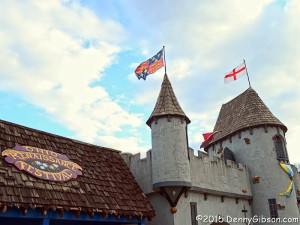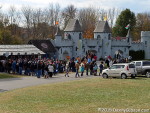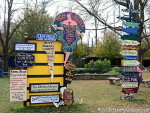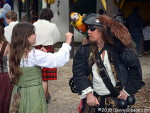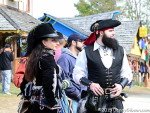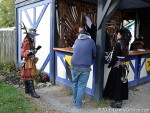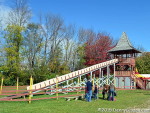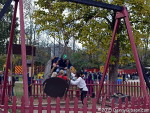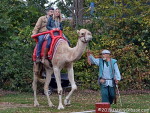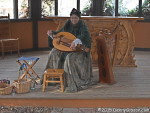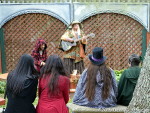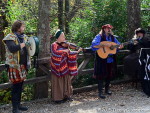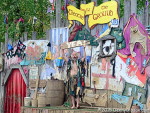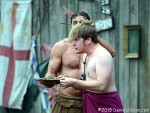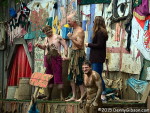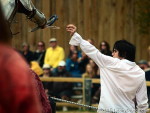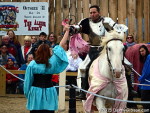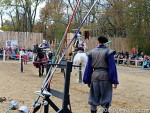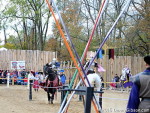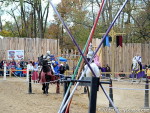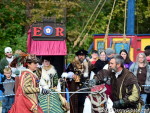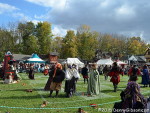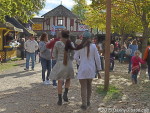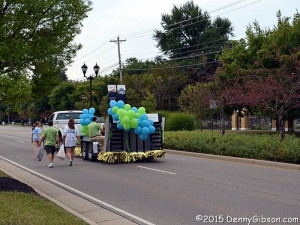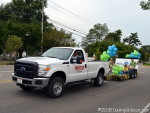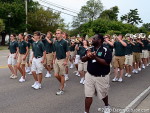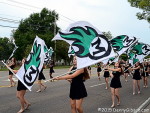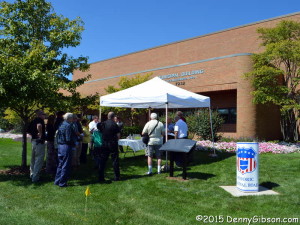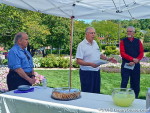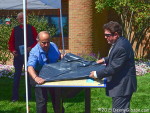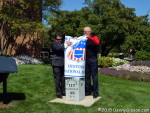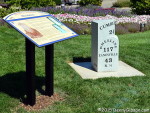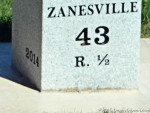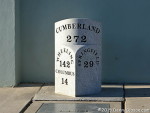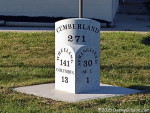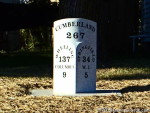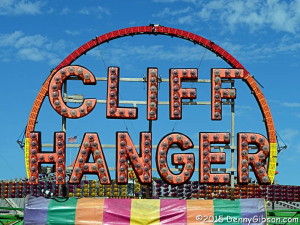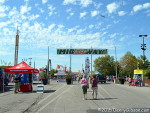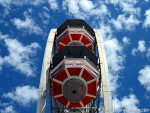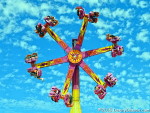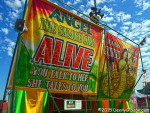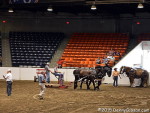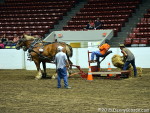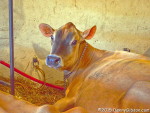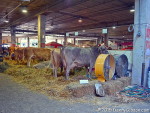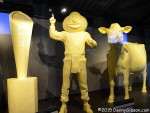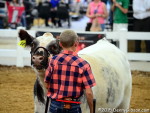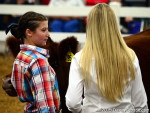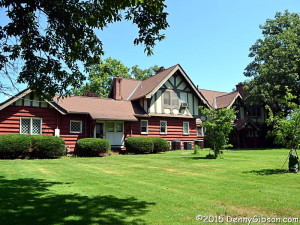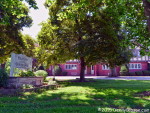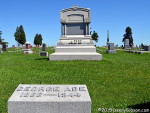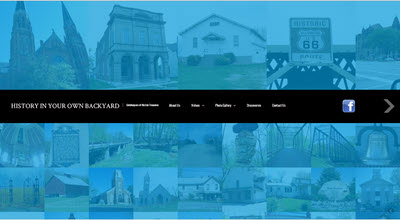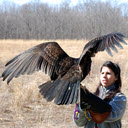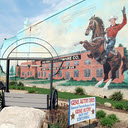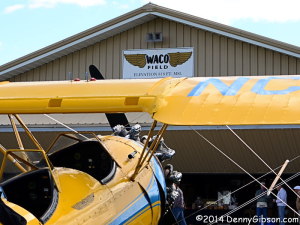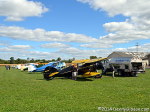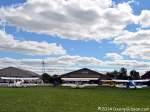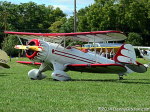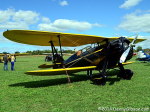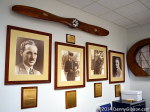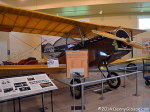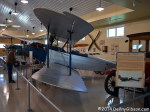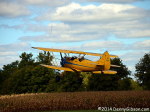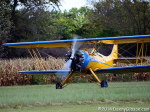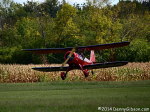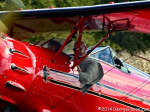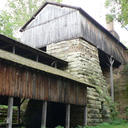 3 is the number assigned to the ballot issue on the legalization of marijuana in Ohio.
3 is the number assigned to the ballot issue on the legalization of marijuana in Ohio.
10 is the number of rich folk likely to get richer if it passes.
10,000 is is an educated guess at the number of both rich and poor folk who will be arrested next year if it doesn’t.
Some people who are basically in favor of legalizing marijuana have a problem with that 10 number. I don’t. Those that do seem to actually have two problems. One is the number itself and the other is that the owners of the 10 cultivation centers that Issue 3 would authorize are already known. A limit of some sort sure seems reasonable. Can anyone really believe that going from completely illegal to unregulated and unlimited is realistic? Maybe 10 isn’t the perfect number but I don’t know what is. I guess 15 would be better and 5 would be worse but 10 is what we are offered. Taking some of the edge off of that number is the fact that, unlike marijuana laws in Washington state, Issue 3 includes provision for home growers.
That the locations and owners of those 10 cultivation centers are defined as part of the ballot issue seems a little tougher to swallow. For some reason, making pot legal without simultaneously anointing financial beneficiaries of the move sounds nicer. However, unless you’re the state legislature, getting an issue on the ballot requires a lot of signatures and getting those signatures requires a lot of time and money. Sometimes the effort is paid for by a non-profit group of concerned people and sometimes it is paid for by people who will directly benefit. Ohio’s recent legalization of gambling in a few locations operated by a few companies is a good example of the latter approach. Much like the business interests who backed the casino campaigns, a group named Responsible Ohio financed the effort to get Issue 3 on the ballot and the campaign promoting it. I initially thought having the financial winners predetermined was a big negative but I now think differently. The Responsible Ohio investors have taken a risk and they stand to benefit. It’s all in the open and is actually rather refreshing in these days of massive no-bid government contracts and the all too frequent uncovering of kick backs and “pay to play” government-business relationships. If you’re even remotely OK with giving out-of-state companies license to operate the only four casinos in the state, you shouldn’t have a problem letting ten Ohio based companies turn a profit growing pot.
Those investors have given Ohio voters an opportunity we would not otherwise have. Yes, the nation’s attitude towards marijuana is changing and it seems likely to eventually become legal throughout the land. Even though there is no one with the required resources poised to get a “better” issue on the ballot next year or the year after that, it theoretically could happen. By defeating Issue 3 we could keep those money hungry opportunists from winning their bet. Doing that, however, could easily mean another ten or twenty thousand people being arrested for doing something we don’t really think is wrong. The 10,000 I tossed out as an “educated guess” at the beginning of this post comes from the well reasoned article here. The article is certainly worth reading but to quickly tie the guess to facts I’ll share that the number of arrests for possession of marijuana was 11,988 in 2012 (the most recent year available). The rate may have gone down but 10,000 is in the ballpark. Somebody is going to make money from the legalization of marijuana. The best case imaginable is that some angel comes along and gets a perfect legalization issue, which somehow assures that only good guys benefit, on the ballot in 2016 so that the current situation lasts just one more year. Putting 10,000 people in jail to keep 10 rich guys from getting richer seems neither kind nor wise.
I mentioned that getting issues on the ballot requires a lot of signatures “unless you’re the state legislature”. That’s a reference to Issue 2 which was added to the ballot by the legislature. I at first thought this might be a good thing as it was presented as disallowing monopolies. It quickly became clear, however, that it is really aimed directly at Issue 3 and I can’t see any good in it at all. Ten independent companies are hardly a monopoly and any attempts to indulge in monopolistic practices can be dealt with via already existing laws. If 2 passes and 3 fails, things stay the same and cops keep arresting people. Same thing, obviously, if they both fail. If both pass, at a minimum things will get hung up in court for some time (and probably make some lawyers richer) and a common opinion is that the passage of 2 would negate the passage of 3. The only clear way to stop at least some of the anti-marijuana insanity is to vote “No on 2. Yes on 3”. To do otherwise is a near perfect example of allowing the perfect to be the enemy of the good.
That last number, 40, has nothing to do with marijuana, monopolies, rich folks, poor folks, or cops. 40% is the average voter turnout in the past 10 off-year elections. That sucks no matter what you’re smoking. The only way to guarantee that your vote doesn’t matter is to not use it.

